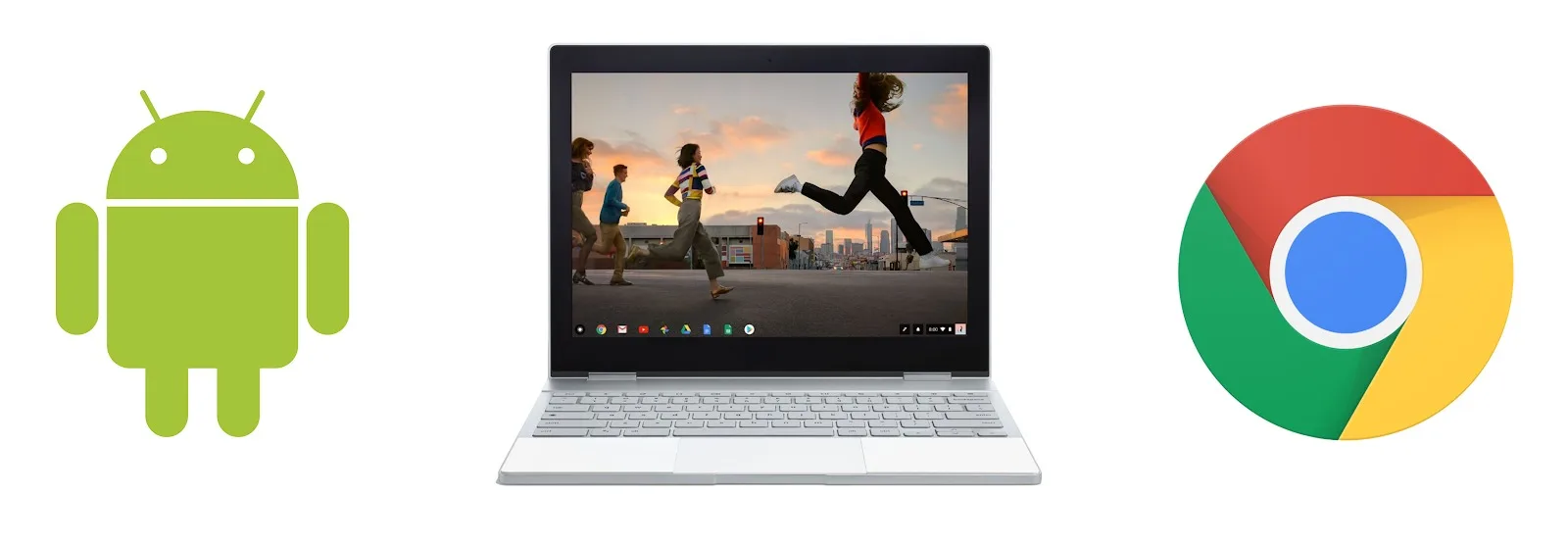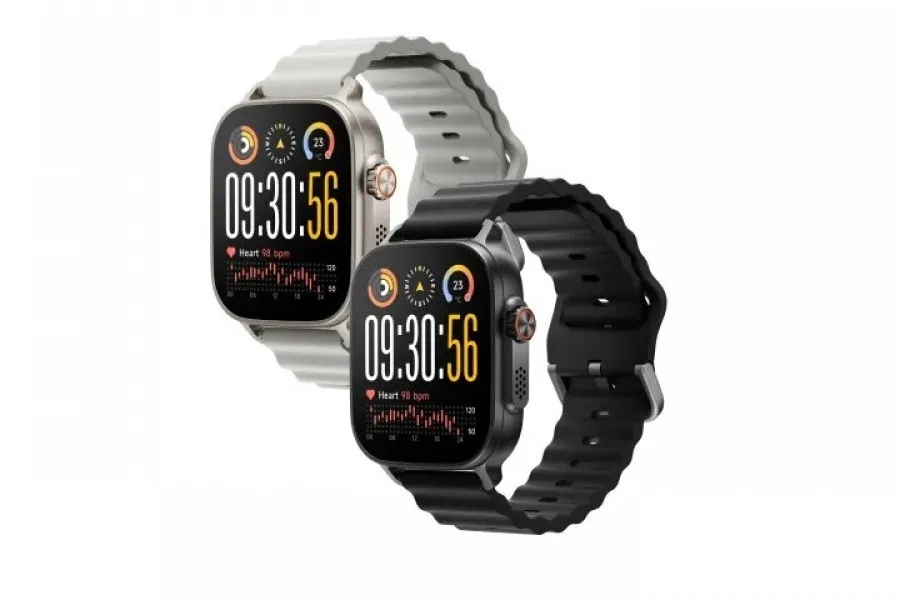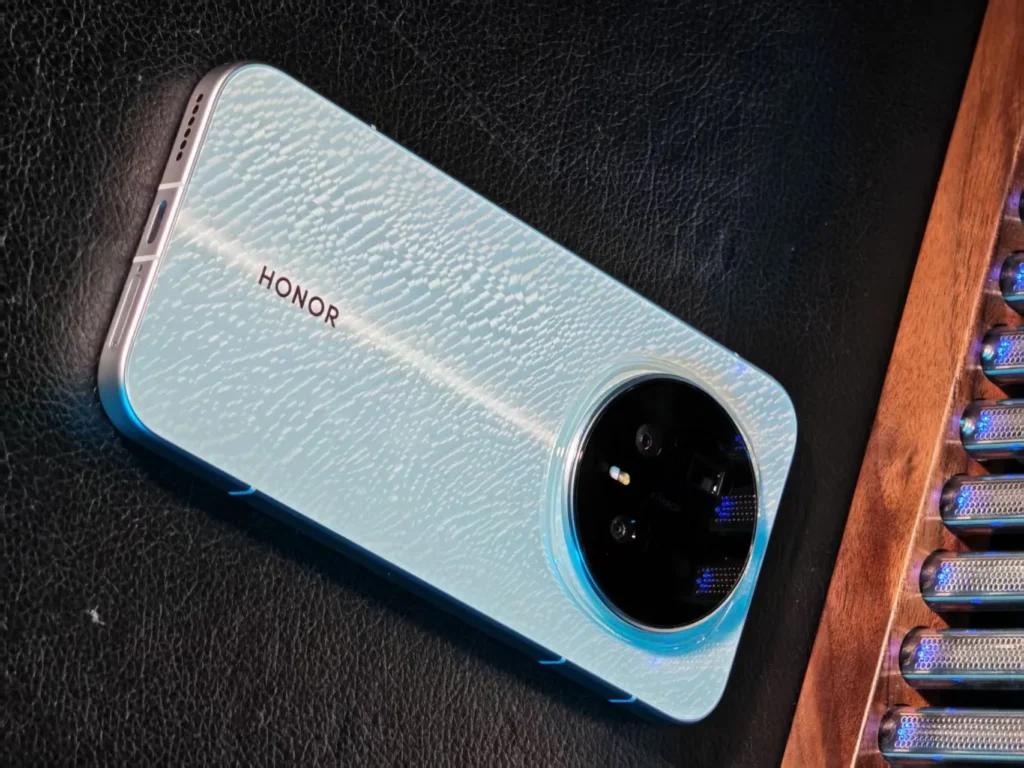Google to merge Android and ChromeOS to create a PC OS: launch expected in 2026
One of the most notable announcements from the 2025 Snapdragon Summit, hosted in Maui by Qualcomm, is not just about new chips but also a major overhaul of the Google ecosystem. During the keynote, Cristiano Amon (CEO of Qualcomm) and Sameer Samat (VP at Google in charge of Android) confirmed a persistent rumor: Google is preparing to merge Android and ChromeOS into a new operating system intended for laptops.
The news was dropped almost casually but carries significant implications for the future of personal computing within the Google ecosystem.
An Unprecedented Convergence Between ChromeOS and Android
Sameer Samat confirmed the arrival of this new OS in 2026, explaining that Google aims to “rebase the technology of ChromeOS on Android ”. In other words, instead of having two distinct platforms (ChromeOS for laptops, Android for tablets and smartphones), Google now wants to offer a unified system, based on Android but optimized for PCs.
The goal is twofold: to accelerate the integration of artificial intelligence features on computers—where Android is rapidly progressing—and to create complete synergy between Android smartphones, tablets, and laptops.
In other words, Google seems poised to build its own equivalent of macOS/iOS/iPadOS, but Android version.
This is something we are really excited about for next year.
This statement made by Samat at the end of the Qualcomm keynote signifies Google’s strategic commitment. While the specific details are still unclear, the ambition is evident: to offer a coherent and seamless experience across all Android devices, leveraging an OS capable of fully utilizing powerful new SoCs for PCs.
The repeated mention of embedded AI (especially through the latest Qualcomm Snapdragon X2 Elite chips) confirms that this new system will aim to integrate intelligent assistants, real-time customization features, and an evolving interface.
Qualcomm and Google: A Strategic Partnership for a “PC-Ready” Android OS

Although Qualcomm did not explicitly mention Google during the announcement of its new chips for PCs, the coincidence is quite telling. The Snapdragon X2 Elite and Elite Extreme have been introduced as the most efficient processors on the market for Windows PCs. However, it is now highly likely that they will also be the hardware foundation for the upcoming Android PC.
The concept of a reconfigured Android for laptops seems even more credible given that Google has already made numerous efforts to make Android more suitable for larger screens: enhancing multitasking, supporting keyboard/mouse, new APIs for productivity, and more.
What Will Happen to ChromeOS?
This does not signify a complete abandonment of ChromeOS. Google speaks of a “re-baseline” of the technology, which likely means that the ChromeOS user experience (interface, security, cloud management) will be preserved, but will now rely on a unified Android base.
This shift would allow Google to consolidate its development efforts, improve compatibility with Android apps, and address growing demands for embedded generative AI in PCs—a field where Android seems to be more advanced than ChromeOS today.
Toward a Universal Android for Smartphones, Tablets, and PCs
With this fusion of ChromeOS and Android, Google is initiating a significant strategic change. In a market dominated by Windows and macOS, the Mountain View giant aims to offer a coherent, powerful, and AI-focused Android alternative, emphasizing smooth connectivity among devices.
The first PCs equipped with this new OS are expected to arrive in 2026, likely alongside machines powered by Snapdragon X2 Elite. One thing is certain: after years of sometimes confusing coexistence between ChromeOS and Android, Google seems finally ready to unify its ecosystem around a single platform.




